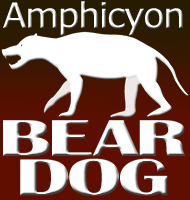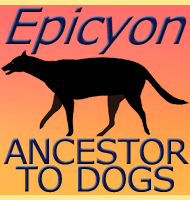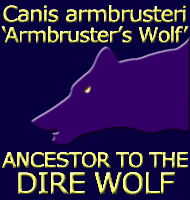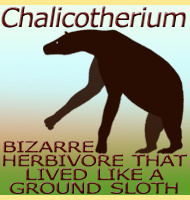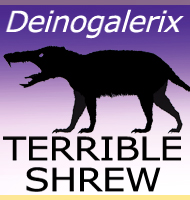


Hemicyon
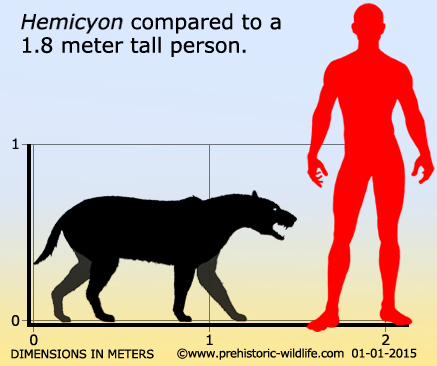
Name: Hemicyon
(Half dog).
Phonetic: Hem-e-cy-on.
Named By: �douard Lartet - 1851.
Classification: Chordata, Mammalia, Carnivora,
Arctoidea, Hemicyonidae.
Species: H. barbouri, H.
californicus, H. cf. stehlini, H. gargan, H.
goeriachensis, H. hareni, H. sansaniensis, H. mayorali,
H. stehlini, H. teilhardi, H. ursinus, H. youngi.
Diet: Carnivore.
Size: 1.5 meters long, 0.7 meters high at the
shoulder.
Known locations: Eurasia and North America.
Time period: Throughout the Miocene.
Fossil representation: Many known remains,
including some very well preserved individuals.
Not
to be confused with the bear
dogs which were dog-like mammals that
resembled bears; Hemicyon was what is loosely
termed a dog bear,
which is a bear that is more dog-like. In simple terms, Hemicyon
was more closely related to bears than dogs. Hemicyon
had a very
important difference between it and other ancestors of the bears and
this is that it was digitigrade. This means that Hemicyon
walked on
its toes with the foot bones serving to extend the length of the leg.
Bears today by contrast are plantigrade which means that the full foot
is always in contact with the ground as they walk.
The
advantage of being digitgrade is that with the leg effectively being
longer it can cover more ground with each stride, something that
suggests that Hemicyon would have been a
proportionately faster
animal than other primitive bear forms. This speed may have helped it
to chase down primitive horses like Merychippus
and Hipparion,
which
were reasonably fast herbivores that had become adapted to the plains
environments that were spreading across most of the major continents
during the Miocene.
With
a broad distribution that covered most of the northern hemisphere and a
temporal range that covers most of the Miocene period, Hemicyon
was
undoubtedly a successful genus, but also one that was inevitably
doomed to extinction. Just as the bear dogs and dog bears replaced
creodonts like Hyaenodon
as the dominant predators, they
themselves would have been replaced by the more advanced and quite
possibly more intelligent ancestors of true dogs as well as big cats
that together would have specialised to fill all predatory niches in
Cenozoic ecosystems.
Further reading
- The Hemicyoninae and an American Tertiary bear. - Bulletin of the
American Museum of Natural History 56(1):1-119. - C. Frick - 1926.
- The Ancestral Ursid, Hemicyon, in Nebraska. - Bulletin of the Nebraska State Museum 2(5):49-57. - E. H. Colbert - 1941.
- Hemicyon mayorali nov. sp., an Ursidae from the
Middle Miocene of
Tarazona de Aragon (Ebre basin, Spain). - Annales de Paleontologie,
Volume 86, Number 1. - H. Astibia, J. Morales & L. Ginsburg -
2000.
----------------------------------------------------------------------------
Random favourites
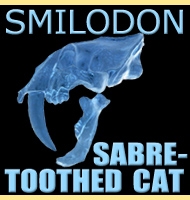 |
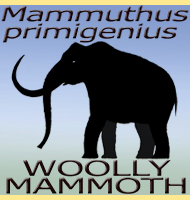 |
 |
 |
